A Fair of Affairs: Ann Arbor Civic Theatre's "The Real Thing" is all about the dangerous game of love
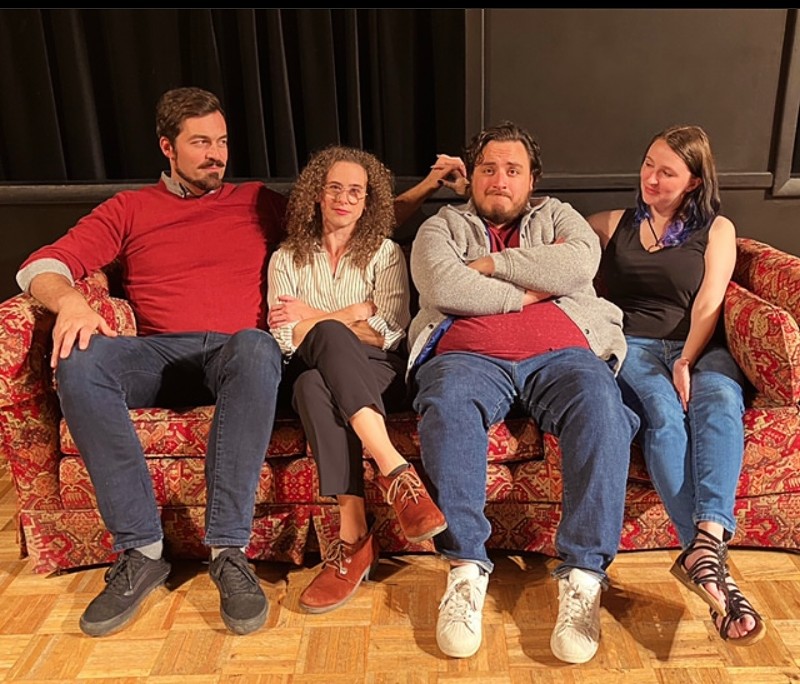
A typical Tom Stoppard play features a whole lot of words just to get to a basic point. It can be intellectually stimulating—or a wee bit draggy if you're looking for more action on stage.
But the high-energy Ann Arbor Civic Theatre production of Stoppard's The Real Thing that opened last Friday to a sold-out crowd flows at an excellent pace thanks to director David Widmayer and grips your attention throughout.
The play is set in 1980s London and focuses on two couples. Henry (Chris Grimm) is a playwright married to Charlotte (Kara Williams), an actress who frequently stars in Henry’s shows, including his current piece, House of Cards. They are good friends with Annie (Sara Long) and her husband Max (Manny Abascal Jr.), who is also an actor and starring in House of Cards with Charlotte.
AARON BURCH EMBRACES AMBIGUITY AND NOSTALGIA IN HIS NEW ESSAY COLLECTION, “A KIND OF IN-BETWEEN”
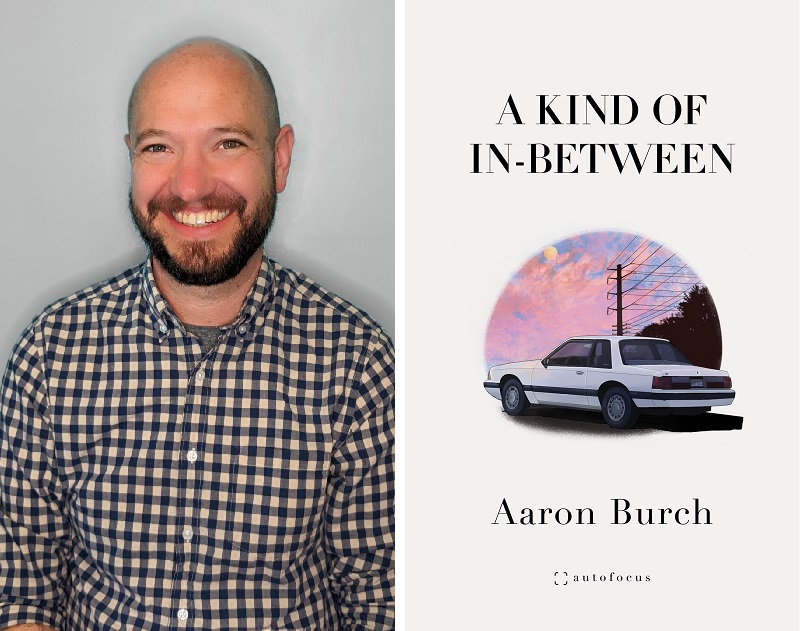
Aaron Burch recounts major life changes and memories in the essays of A Kind of In-Between. Throughout the pages, Burch questions what is important in life. What do you remember? What does it mean? Why are you happy or not?
Focusing on the places he has been is one approach that Burch takes to inform these inquiries. He shares that he grew up in Washington and has subsequently lived in Michigan and Illinois as an adult. In the sentence that lends itself to the book’s title, he narrates his road trip:
I’m somewhere in the middle of Pennsylvania, driving around this big, long turn while also going down a decent decline. I don’t know how steep; I don’t really have any idea how to measure or guesstimate that kind of thing. I can tell it’s steeper than anything in Michigan but less so than Washington, a version of the kind of in-between that I return to again and again—known but not, neither childhood nor adult, not quite then or now, here or there.
This ambiguity begins in the physical world and then seeps into other contexts. The human urge to name and define things breaks down when something is neither one nor the other. Burch concludes this essay called “Ohiopyle” with a question: “Were you to ask me, somewhere in the middle of Pennsylvania, whether home meant Washington or Michigan, what would I answer? I’m not sure.” Still, maybe one does not have to decide, as Burch highlights “the interconnectedness of everything and everyone” in the first essay of the collection.
Friday Five: Prism Quartet, Jib Kidder, Virga, Blowhole, Frontier Ruckus
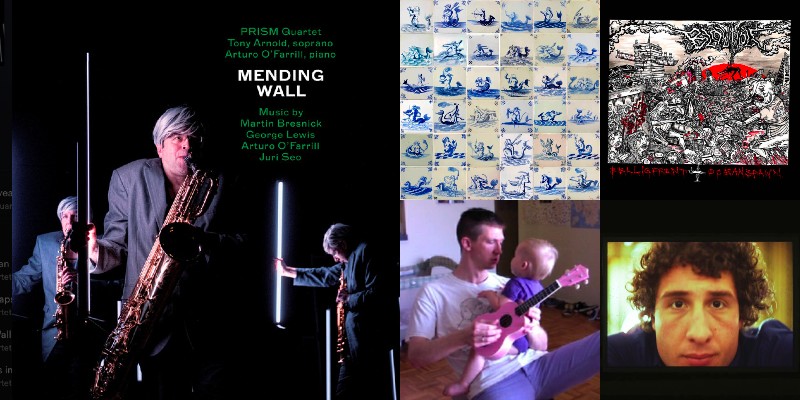
Friday Five highlights music by Washtenaw County-associated artists and labels.
This week features classical/jazz/new music by PRISM Quartet, glitch pop by Jib Kidder, indie rock by Virga, thrash-punk by Blowhole, and indie-folk by Frontier Ruckus.
Deck Halls the Halls With Boughs of Corn: Encore Theatre's "White Christmas" hits all the right nostalgic spots
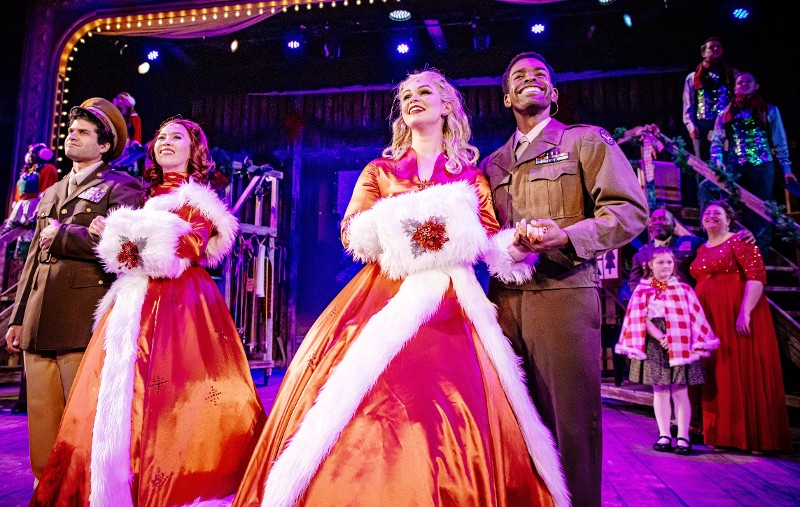
As a starting point, let’s just agree: White Christmas is pure, nostalgic corn.
But ever since I was a kid, watching the 1954 Bing Crosby movie with my musical-loving mom, it’s always gotten me right in the feels. The world-wise romantic leads who initially dislike each other? The outwardly gruff but paternal General who’s deeply beloved by his men? The snow that refuses to fall in Vermont until conflicts are resolved, and love and goodness prevail?
Like it’s on the cob, ready to be shucked, people.
But recognizing how a story blatantly pulls on your heartstrings sometimes does little to defuse its impact, which is why I was all too happy to check out the stage musical adaptation of White Christmas at Dexter’s Encore Theatre.
This Is Your Song: Jeff Tweedy's New Book Makes Us Think About How We Connect With Our Favorite Music
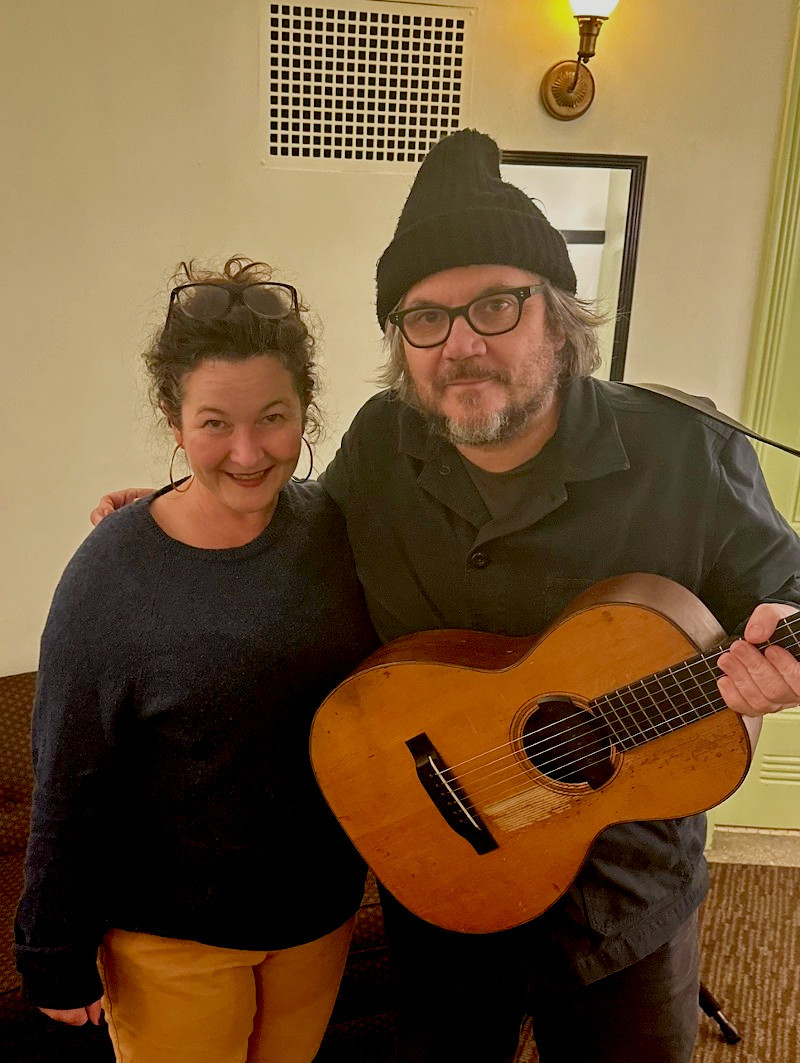
Back in 2009, I actually heard Wilco for the first time.
It’s not that I didn’t know the band’s music, but it was the first time I had developed an emotional connection to one of their songs.
It was “You and I,” a heartwarming duet with Feist from the band’s self-titled album. The track addresses two lovers trying to preserve a relationship as Wilco frontman Jeff Tweedy sings, “You and I, we might be strangers / However close we get sometimes / It’s like we never met.”
While I’ve never met Tweedy and or any of the other Wilco members, “You and I” emanates a comforting familiarity in terms of its memorable lyrics, bittersweet harmonies, and smooth bassline.
There’s an unexplainable pull I feel to it, and it’s something Tweedy easily masters after nearly three decades of writing Wilco songs.
“I’m much more fascinated by the blurry area between a song and the mind that receives it, puts it back together in a shape that fits their own life, and allows the heart to take ownership,” writes Tweedy in his latest book, World Within a Song: Music That Changed My Life and Life That Changed My Music.
That statement nicely encapsulates the key takeaway from Tweedy’s third book, which highlights the memorable connections—both positive and negative—he’s made with 50 different songs throughout his life.
Much Ado: U-M Theatre's "Imogen Says Nothing" bears bizarre and haunting moments
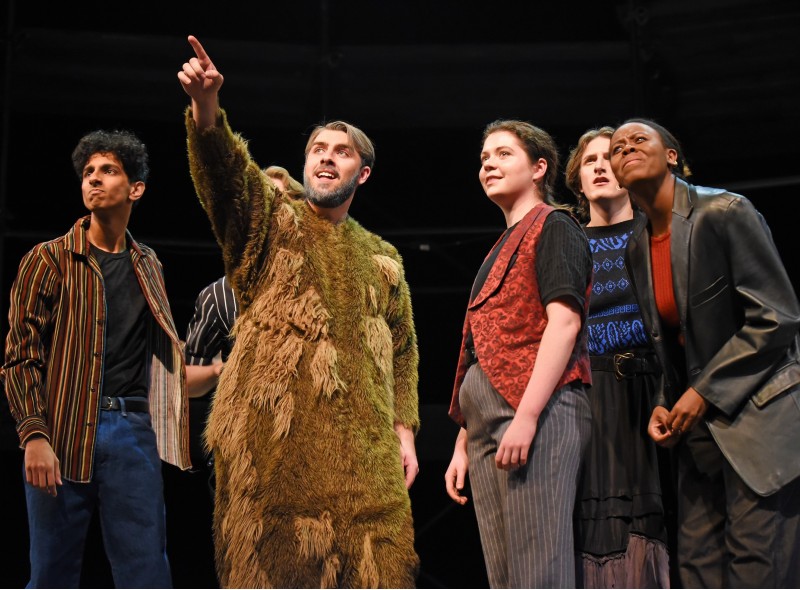
U-M theater professor Malcolm Tulip has long established a reputation for bringing challenging, provocative productions to local stages, going back to his days as a director (and performer) at the sadly defunct Performance Network Theatre.
So it was no surprise to find Tulip at the helm of the U-M theater department’s strange, darkly haunting production of Aditi Brennan Kapil’s Imogen Says Nothing, mounted at the Power Center this past weekend. Inspired by a character, Imogen, who has no lines, but is nonetheless mentioned in the first folio edition of Shakespeare’s Much Ado About Nothing, the play imagines a woman who fights to perform on stage in Shakespeare’s time, when only men played theatrical roles (by law!), and campaigns to appear in the first written version of the play, too.
Plus, there are bears.
Imogen is a former bear (!) who has escaped the bear-baiting arena next to the Globe Theatre, which hearkens back to one of Shakespeare’s most famous stage directions, in The Winter’s Tale: “Exit, pursued by a bear.”
While enmeshed with a troupe of actors, Imogen confronts her former peers, and the line that encapsulates the play, “It is a lonesome thing to be absent,” further expands its meaning.
New Day Rising: Penny Seats' "Sunrise Coven" tackles the opioid epidemic and second chances
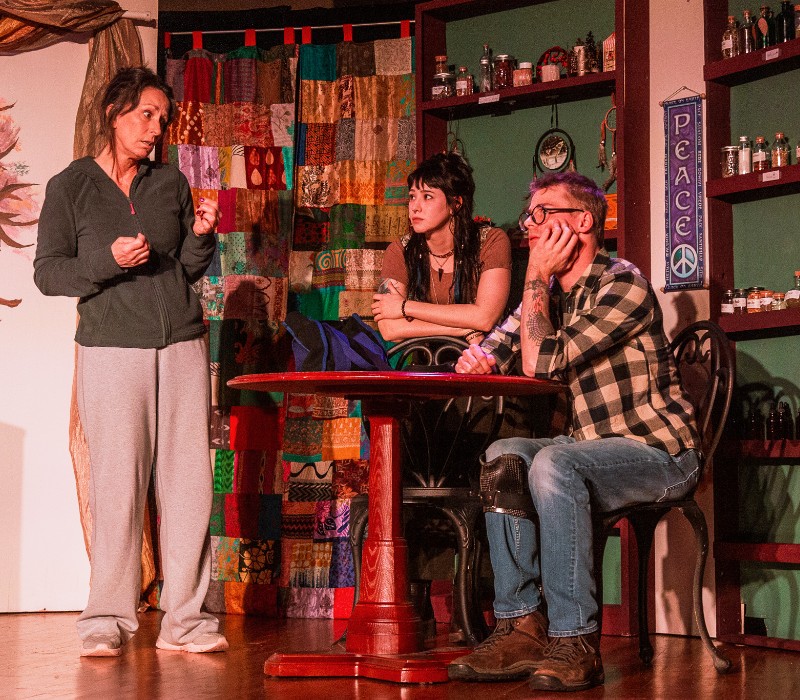
It’s no secret the United States has a drug problem, and painkillers are at the top of the list. The Penny Seats Theatre Company’s Sunrise Coven tackles that conversation and then some.
Written by Brendan Bourque-Sheil, the show takes place in Buckstop, Texas, a small town where everyone knows everyone else and all their business. We meet Hallie Heaton (Jeannine Thompson), a diabetic nurse practitioner who has wound up in the hospital because she overdosed on Oxycodone. The doctor taking care of her is Annie (Inchai Reed), who reveals she has based her entire career on Hallie and sees her as an idol.
Hallie gets the unfortunate news that due to her OD, she has lost her nursing license. On top of that, her eyesight is starting to go bad and she's having visions she can’t explain.
The Folds of Space: EMU’s "A Wrinkle in Time" was a quick-paced journey for the whole family
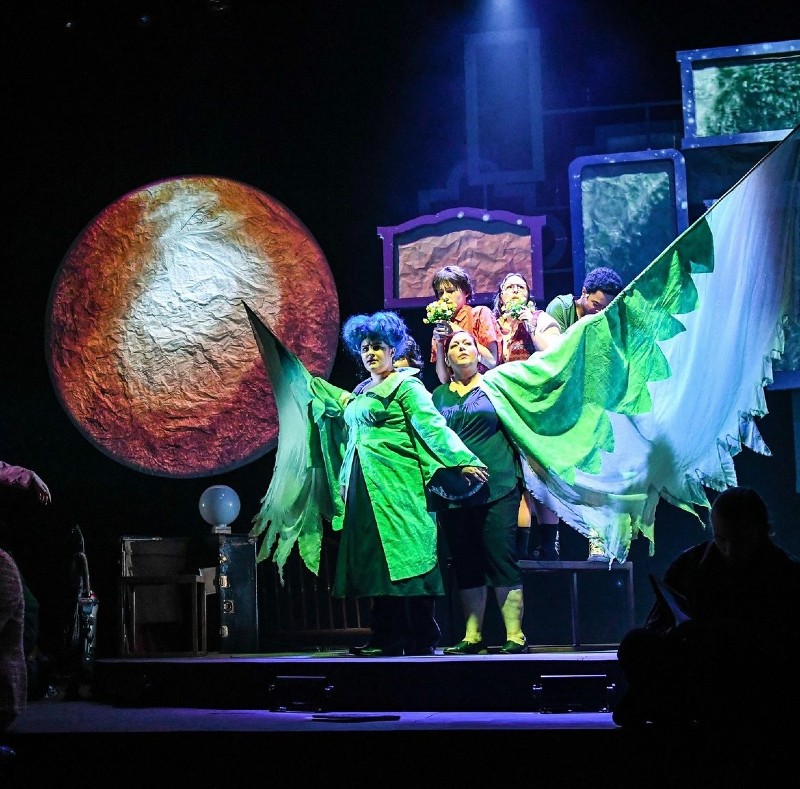
Audiences at Eastern Michigan University’s Liberty Theatre traveled through time and hopped across realms over the weekend.
Tracy Young’s adaptation of A Wrinkle in Time, based on the book by Madeleine L’Engle, was a fast-paced family adventure that follows Meg Murry (Annabelle Rickert), an outcast at school who has trouble fitting in and making friends. The only people she’s close to are her mom (Amanda Bates) and her spunky younger brother, Charles Wallace (Josi Middaugh). Meg’s father (Jonathan Bias) has been missing for quite some time, and she’s still determined to figure out what happened to him.
One day, Charles Wallace convinces Meg they should check out the haunted house at the bottom of the hill. On the way they run into Calvin (Chandler Graham), who joins the siblings. At the house, they meet the eccentric Mrs. Whatsit (Brookelyn Hannah), Mrs. Who (Maura Doyle) who only talks in quotes, and the ominous voice of Mrs. Which (Laney Bass) whose presence is everywhere but isn’t seen by the kids. Turns out they are magical beings that can travel through space and time via a tesseract, a form of traveling by folding the fabric of space and time.
Friday Five: Joe Hertler, Modern Lady Fitness, DFRNC & Alexa Kenny, zagc, BigPlanet
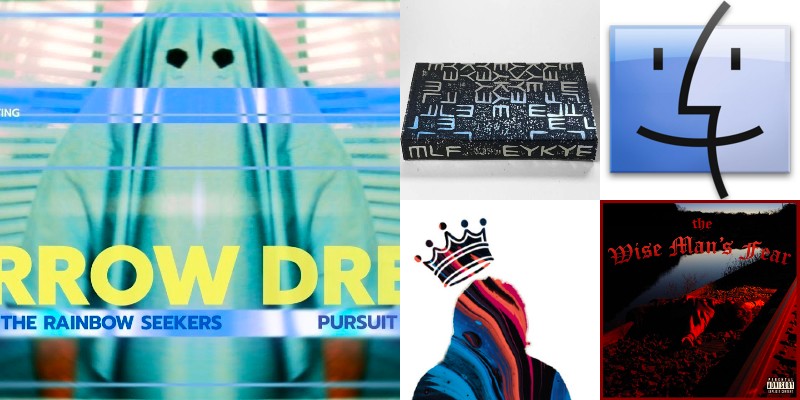
Friday Five highlights music by Washtenaw County-associated artists and labels.
This week features an Ann Arbor-filmed video by pop-rockers Joe Hertler and the Rainbow Seekers, artsy indie by Modern Lady Fitness, hip-hop R&B by DFRNC featuring Alexa Kenny, percussive techno by zagc, and hip-hop by BigPlanet.
Screen Tests: Experimental shorts by Ann Arbor filmmakers
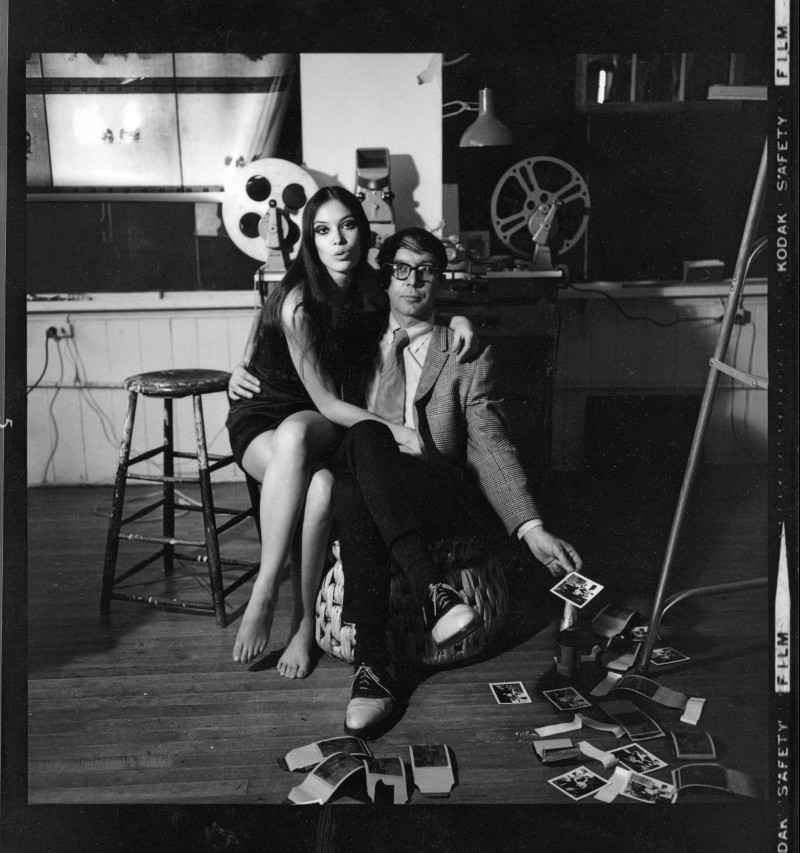
Like all great things, the Ann Arbor Film Festival rose from humble beginnings.
Founded in 1963 by filmmaker and connoisseur George Manupelli, the festival quickly earned an international reputation as a premier venue for independent and experimental cinema. The Michigan Theater has provided the AAFF with a luxurious home since 1980, but the original home base was the University of Michigan’s Architecture Auditorium (now known as Askwith), and the vibes back then were decidedly scruffier.
Local film historian, projectionist, and author Frank Uhle remembers it well.
“In the early days of the Film Festival, audiences were very interactive,” he explained. “There was always a smell of stale beer, cigarettes, and pot smoke in the air. Inevitably some of the films were boring, or pretentious, or deliberately provocative, and people would yell their opinions at the screen or whistle and make noise.
“Sometimes another person would defend the movie and an argument would ensue. Always, a beer bottle would get tipped over in the dark and roll noisily down the sloped floor while everyone snickered.”
That’s the kind of anarchic spirit Uhle will be conjuring on Friday, December 1 at 7 pm when he hosts “Experimental Shorts by Ann Arbor Filmmakers From the 1960s-80s,” a free screening of vintage celluloid at Askwith Auditorium in Lorch Hall. (It's part of U-M's semester-long "Arts and Resistance" series.)
No, he’s not going to let you smoke in there, but he’ll be showing early homegrown AAFF favorites in the same venue they first flickered in back when the counterculture was the culture and the art was the point.
Uhle went to his first AAFF in 1978 and has been involved in local film culture ever since. His recent book, Cinema Ann Arbor, covers the 100-year history of A2’s campus cinema societies and the filmmakers they inspired and nurtured.
Students first officially organized film clubs in 1932 to screen non-mainstream fare, local interest grew along with the AAFF and the university began its film program in 1968. By the 1970s, there were multiple, competing student film societies outdoing each other with screenings of foreign rarities, forgotten Hollywood masterpieces, and uncompromising experiments. It was inevitable that a devoted scene of filmmakers would bloom in such soil, and it’s these artists that Uhle celebrates, a few of whom he’ll have on hand for a Q and A session after the screening.
The films share a loose, improvisational approach but cover a wide range of styles. Handmade animation, abstract imagery, punk lampoonery, cinema verite slices-of-life, introspective moodiness, anti-war agitprop, plus vintage promos and ephemera from film society screenings of the day. Some haven’t been seen for decades, enjoying only a handful of local screenings after production before languishing in various states of storage.
“I got them from a bunch of different sources,” said Uhle. “Mostly from filmmakers, but some of them were literally found in the attic of the Michigan Theater. A lot of the projectionists from U of M would also moonlight at the Michigan, and at a certain point people were stashing these prints up in the attic.”
Others came from faculty members who had purchased and preserved some of the better films that former students had made.
“I’ve had some strokes of good fortune. Alan Young from the film program has this wonderful office that’s like an archive of old equipment," Uhle said. "I noticed up on a shelf there were a few reels of 16mm film. They were student projects that they saved. Some of these films, my god, they were just amazing-looking films.”
Here are a few highlights:


































